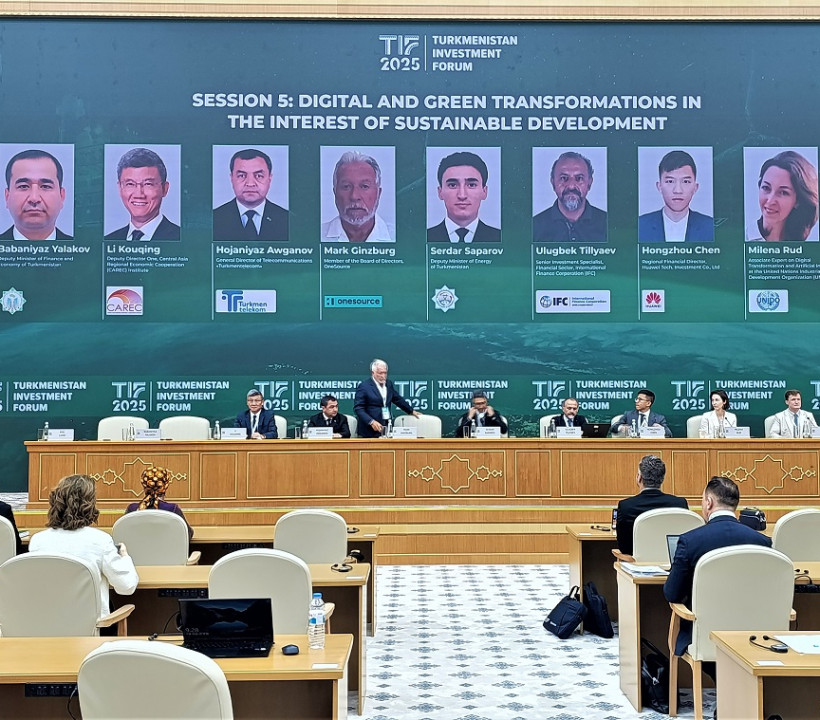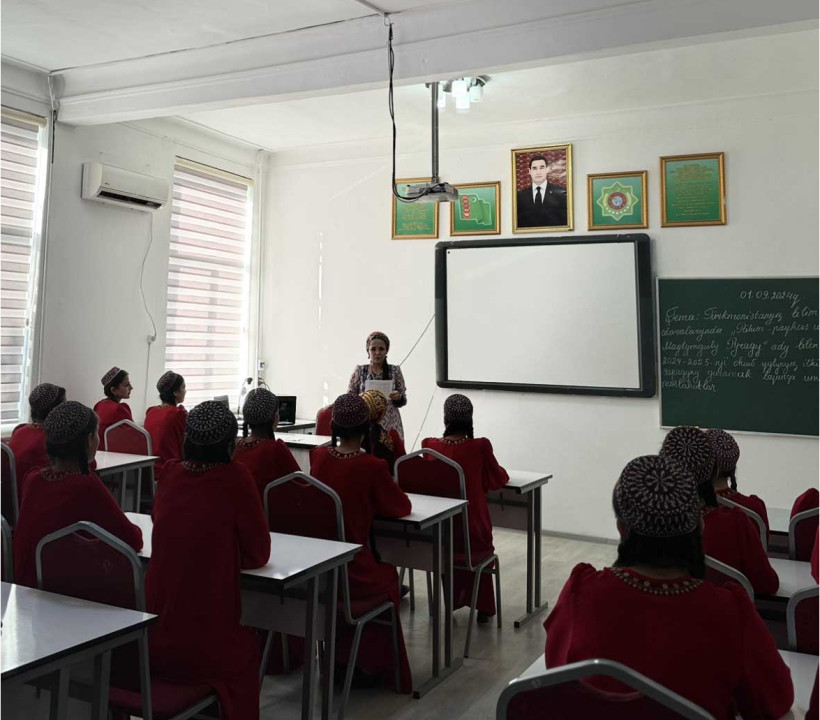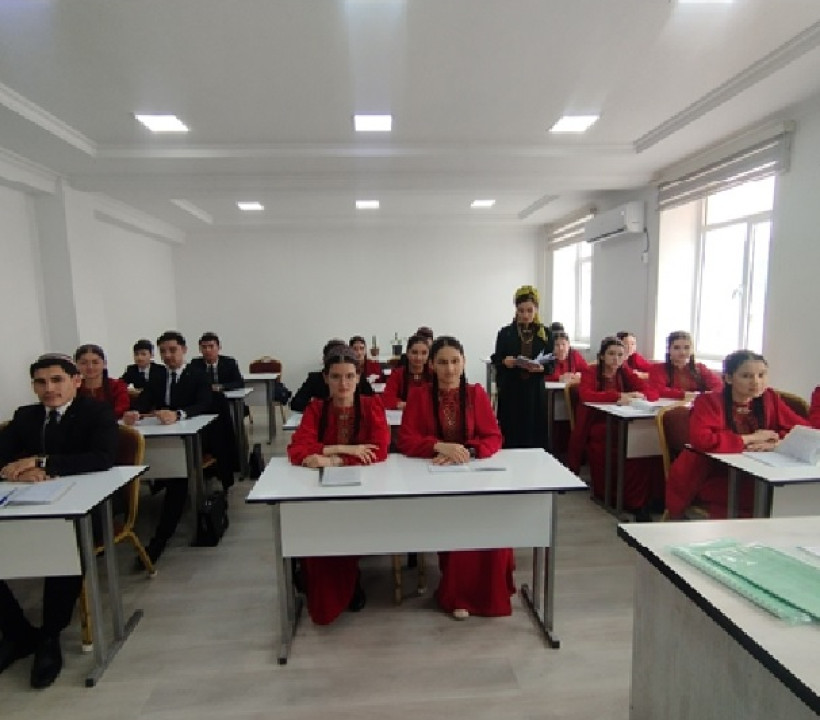Leveraging logistics and supply chain capabilities.
Logistics involves planning and efficient transportation and storage of goods from the point of production to the final consumers. The goal of logistics is timely and high-quality satisfaction of customer requirements.
The use of multimodal cargo transportation by different modes of transport helps reduce costs and increase the level of service. Thus, if cargo that is already en route (en route) needs to be delivered in a short time, it can be removed from the ship at the nearest port and reloaded by air or rail. Sea transport also ships all types of trucks in large 20- and 40-foot containers, allowing you to transport anything from food to groceries.
These include liquids, solids, building materials, industrial equipment, perishable goods and more. If necessary, a certain temperature can be maintained inside the container. Advantages of sea container transportation:
High protection of computers from damage;
The ability to protect cars and goods from bad weather;
Convenience of loading and unloading at the port;
Mobile management of personal computer documents;
The ability to move containers from cargo ships to rail and trucks is called multimodal maritime transport. Effective management of the transport system, organizing the movement of goods between retail outlets and customers, as well as planning and optimization of the transport system are the main tasks of logistics. National Leader of the Turkmen people, Chairman of the People's Council of Turkmenistan Gurbanguly Berdimuhamedov, who is on a working visit to the Republic of Kazakhstan, took part in a meeting of the Council of Heads of State of the Organization of Turkic States.
Gurbanguly Berdimuhamedov’s speech at the summit outlined Turkmenistan’s priorities in cooperation within this organization.
In his speech at the summit, Gurbanguly Berdimuhamedov expressed confidence that this high-level meeting will contribute to the further development of political, diplomatic, trade, economic, cultural and humanitarian relations between our countries and the identification of new tasks in this regard.
In his speech at the 10th anniversary summit of the Organization of Turki States (OAS) held in Nursoltan, he invited the OAS countries to use the capabilities of the logistics and supply system of Turkmenistan.
“In the current state of global instability, the task of creating a widespread and modern transport and logistics system between our countries and beyond is one of the main tasks,” said our Heroic Comrade.
As the Prime Minister of the People's Council of Turkmenistan noted, in recent years Turkmenistan has put forward a number of large logistics projects connecting Asia and Europe, in which countries belonging to the Organization of Turkic States are actively participating.
The national leader of the Turkmen people recalled that, in accordance with the relevant agreement signed in Ashgabat in 2017, a transport corridor was created along the Afghanistan-Turkmenistan-Azerbaijan-Georgia-Turkey route and efforts are now being made to bring this transport route into full operation.
According to the Prime Minister of the People's Assembly, work is currently underway to create a transport corridor along the Kyrgyzstan-Uzbekistan-Turkmenistan route, which will reach the Caspian Sea and then extend to Azerbaijan and Turkey. As our heroic friend noted, this clearly shows the need and effectiveness of the trans-Caspian transport corridors created with the participation of the Turkish states. “In this regard, I propose to use the capabilities of the logistics and supply system of Turkmenistan to enhance freight transportation,” said our heroic comrade Gurbanguly Berdimuhamedov





